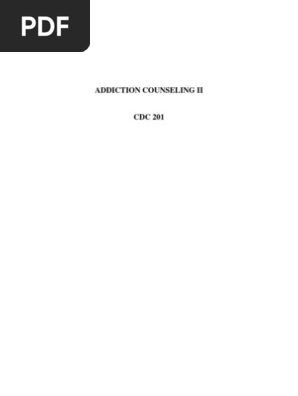100% found this document useful (11 votes)
372 views17 pagesCounseling Children - 9th Edition Digital DOCX Download
Parade
Uploaded by
ho.angp.uynhphanhpomCopyright
© © All Rights Reserved
We take content rights seriously. If you suspect this is your content, claim it here.
Available Formats
Download as PDF, TXT or read online on Scribd
100% found this document useful (11 votes)
372 views17 pagesCounseling Children - 9th Edition Digital DOCX Download
Parade
Uploaded by
ho.angp.uynhphanhpomCopyright
© © All Rights Reserved
We take content rights seriously. If you suspect this is your content, claim it here.
Available Formats
Download as PDF, TXT or read online on Scribd
/ 17








































































































